Alpenglow Sports has been outfitting our customers for backcountry travel for almost 50 years. We were one of the first to bring pioneering outdoor brands like The North Face, Sierra Designs, and Adventure 16 to mountain communities. In that time, we've learned a lot about fabrics, insulation, and waterproofing and how to layer them all together into an effective backcountry kit.
When I started skiing the backcountry, I showed up with a classic baselayer, midlayer, and hardshell. I was immediately exposed to a myriad of different layering systems and I spent the next two years trying a bunch of different combinations and seeing what works.
The biggest transformation in my layering happened once I joined Alpenglow Sports. The buffet of different layering systems clarified into a novel, simple system used by almost every staff member at Alpenglow Sports. I was lucky enough to acquire the gear at the start of the 23/24 winter season and I haven't looked back since.
The Alpenglow Sports Layering System:
The Alpenglow Sports Layering System is a three-piece kit designed for maximum versatility and adapted to our California climate:
1. Baselayer
2. Softshell
3. Insulated Outer Layer
The system starts with your baselayer: a 3/4 or full length polyester or wool next-to-skin layer. Layered on top of that is a softshell jacket and softshell pant. To top if off, we bring an insulated outer layer that we throw on over our softshell jacket. This system makes for a streamlined transition, offers wide comfort ranges, and excels in weight, bulk, and weather resistance.
When I first heard of this, I had a lot of questions. Fortunately, the team at Alpenglow Sports patiently answered each of my questions.
Start with the softshell
A softshell is any jacket or pant that forgoes a waterproof membrane. We do this to maximize breathability and the breathability gains are so profound that we had to invent a new scale to measure breathability. We measure softshells in CFM, or Cubic Feet per Minute.
CFM is a measurement of how much air travels through a softshell in one minute. Softshell jackets and pants at Alpenglow Sports will range from 6-10 CFM at the low end and up to 25-30 CFM ratings for our most breathable softshells. For contrast, a 30k/30k Gore Tex Pro jacket, a top of the line hardshell, has less than one CFM.
Is more CFM better? Not necessarily. Alpenglow Sports carries a host of different softshells so that we can provide the right softshell for each customer and their goals.
How to choose a softshell
We believe that there is a softshell for every occasion and a softshell for every style of moving in the mountains. We broadly classify softshells into two categories. Some softshells are best for the utmost versatility while others are aimed at maximum breathability. Listed to Jeff Dostie and I walk through two softshells and share which category each are in.
Categorizing Different Softshells
Our most breathable softshell jackets
- Patagonia Upstride
- Black Diamond Alpine Start
- Rab Borealis
Our most breathable softshell pants
- Salewa Sella
- Black Diamond Dawn Patrol
Our most versatile softshell jackets
- Salewa Sella Jacket
- Arcteryx Gamma Hoody
- Dynafit TLT DST Jacket
- Jones Shralpinist Stretch
- Ortovox Mesola Jacket
- Ortovox Col Becchel Jacket
Our most versatile softshell pants
- Noronna Lyngen Flex1 Pant
- Dynafit TLT DST Pants
- Jones Shralpinist Stretch Bibs
- Ortovox Mesola Pant
What is an insulated outer layer?
An insulated outer layer is a single jacket that includes waterproofing and insulation. We look for jackets that have a great warmth-to-weight ratio.
Of all the pieces in the layering system, the insulated over layer was the biggest head scratcher for me. Traditionally, insulated layers were bulky, heavy pieces made more for fashion than for performance. I used to have a few friends in freezing-cold-Colorado that favored them for resort skiing but I hadn't seen one in years.
An insulated outer layer should have a few key characteristics when used for backcountry skiing. The two most important characteristics are low weight and low bulk. A great piece would have a warmth-to-weight ratio like the Norrona Lyngen Dri1 Thermo60. The Lyngen jacket has 60 grams of synthetic insulation and weighs 1 pound.
Down or synthetic insulation?
We need our outer layer to pack neatly into our touring packs. Down is much more compressible than synthetic insulation which makes it a nice choice for your insulated outer layer. Today, most all down is "treated down," using Nikwax or anther treatment that combats its natural loss in loft(and thus insulation) when it gets wet.
Even so, synthetic insulation performs better when wet. As such, choosing synthetic insulation would deliver the most peace-of-mind when a wet, Sierra storm looms. I chose a less-insulative synthetic jacket(only 60 grams) that I felt was packable enough and warm enough for 90% of California backcountry skiing.
Choosing an waterproof insulated outer layer
The last feature of a insulated outer layer is it's waterproofing. GORE-TEX layers will have the most waterproofing but often incur a weight penalty. We find a nice balance is struck by the 490g Arc'teryx Alpha Lightweight Down Parka which has GORE-TEX Infinium and weights just 1.3 lbs.
The California hot take is using an insulated layer without any real waterproofing. Many of my partners are using a traditional down puffy as their over layer and getting great versatility out of something they already own. For most days, you can get a few laps out of a puffy before it gets soaked.
For the uncompromising among us, GORE-TEX layers will create the most confidence. Alternative waterproofing, like DWR coatings from Patagonia and Noronna, and Black Diamond's BD Dry, are often used to create lightweight pieces that are plenty waterproof for the stormiest of days.
Alternative layering systems
I don't always tour with team Alpenglow and a few of my other partners have things pretty dialed. Here's a quick breakdown of a few other layering systems with their pros and cons.
John Burgundy: Double Softshells
We've been calling John Morrison "John Burgundy" this season because of his matching burgundy kit. John employs two jackets in his layering system. He climbs in a maximally-breathable softshell jacket. Interestingly, it's actually a mtb shell, the Patagonia Dirt Roamer jacket, as it's even more breathable than the Patagonia Upstride, our most breathable snow-focused softshell.
In transition, John throws on his now-famous burgundy shell over the softshell. The burgundy kit is Patagonia's Stormstride jacket and pant. They are sturdy softshells, providing more weather resistance than breathability. John rarely ever adds insulation. He carries a puffy but I don't think I've seen him wear it once this year.
This kit works because John moves fast. He is a high-output climber and a fast descender, rarely needing more than five minutes between the summit transition and the next climb.
Pros:
This kit has a streamlined transition, usually just one step. Also by carrying multiple softshells, John has a warmer and more weather resistant option for climbing. John carries a small and light pack.
Cons:
John gets cold when descending. He'll often keep the burgundy shell on at the start of the next climb to warm back up. This necessitates a mid-climb layer removal(pictured), breaking the flow.

The Haul Ass kit: Baselayer, Midlayer, Hardshell
`
Sarah Halas is fast, earning her the nickname "haul ass." Being a high-output athlete, Sarah climbs in her baselayer. In her pack she carries a down puffy midlayer and a hardshell. In transition, both the midlayer and hardshell go on. Sarah also carries a lightweight performance fleece. The fleece goes on if the climb is especially cold.
Pros:
Sarah didn't have to buy a separate kit for backcountry skiing! Her hardshell and midlayer combo is tried and true and serves her well through guiding, heli trips, resort skiing, and the backcountry. If it ain't broke, don't fix it!
Cons:
Sarah does a lot of layer shuffling in transitions. Sarah does some layer shuffling while climbing. While I haven't seen this hold her back, she has to carry three layers in her pack at all times.

Finding the right layering system for your backcountry practice
We are psyched to help you build a layering kit that works for your specific style of moving in the mountains. Please give us a call or stop by the shop so that we can discuss your goals and your budget. We have the widest selection of winter layering pieces between December and March each year.





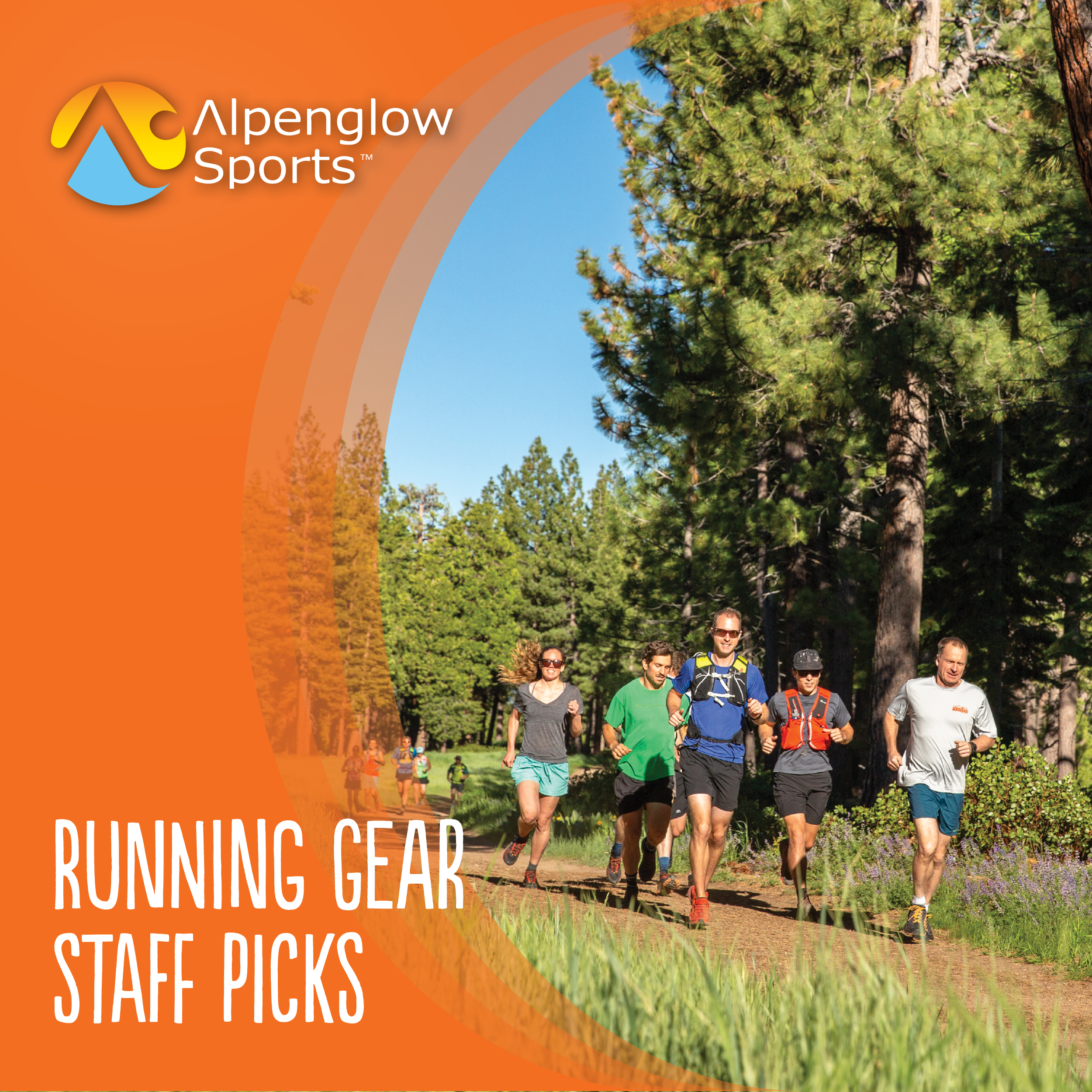
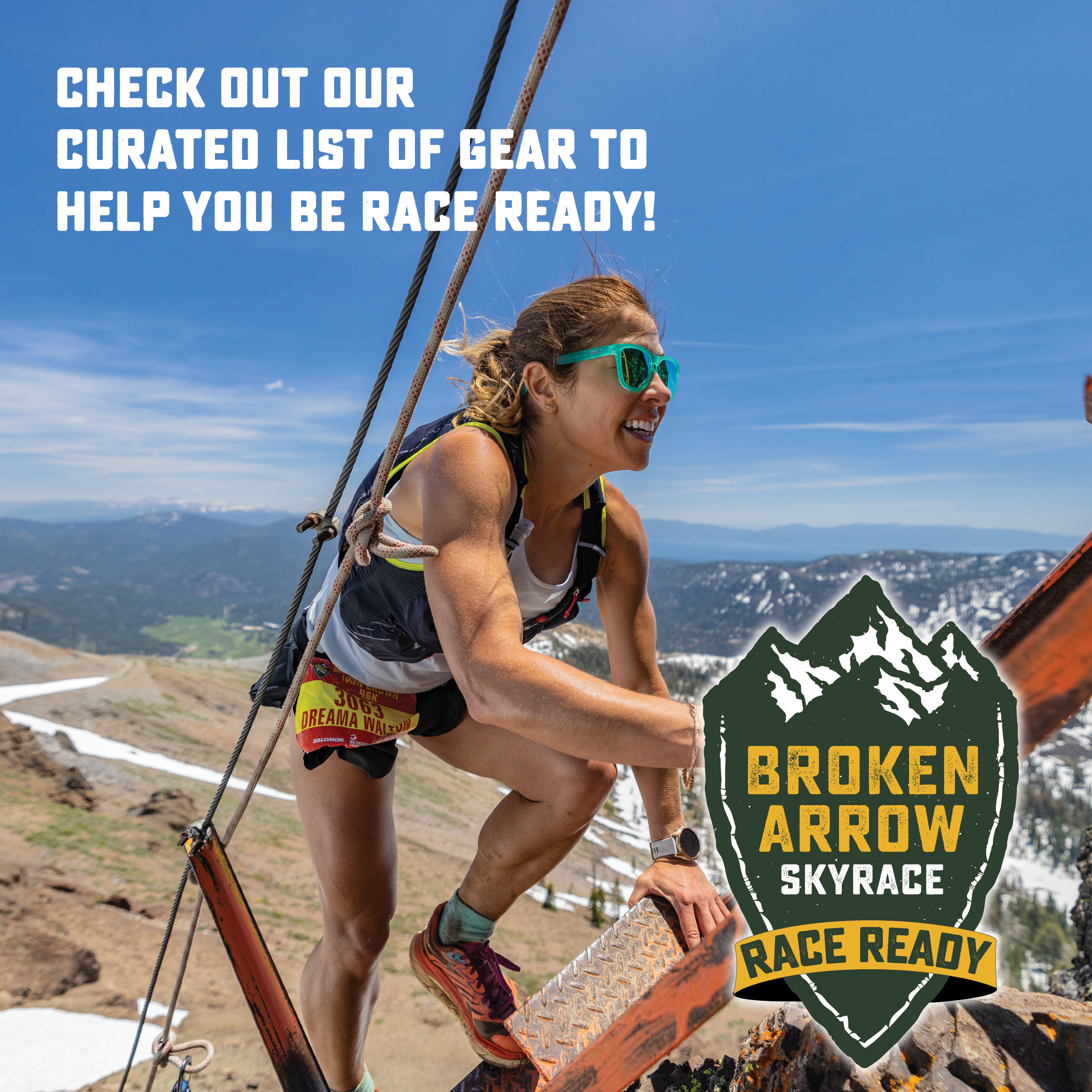
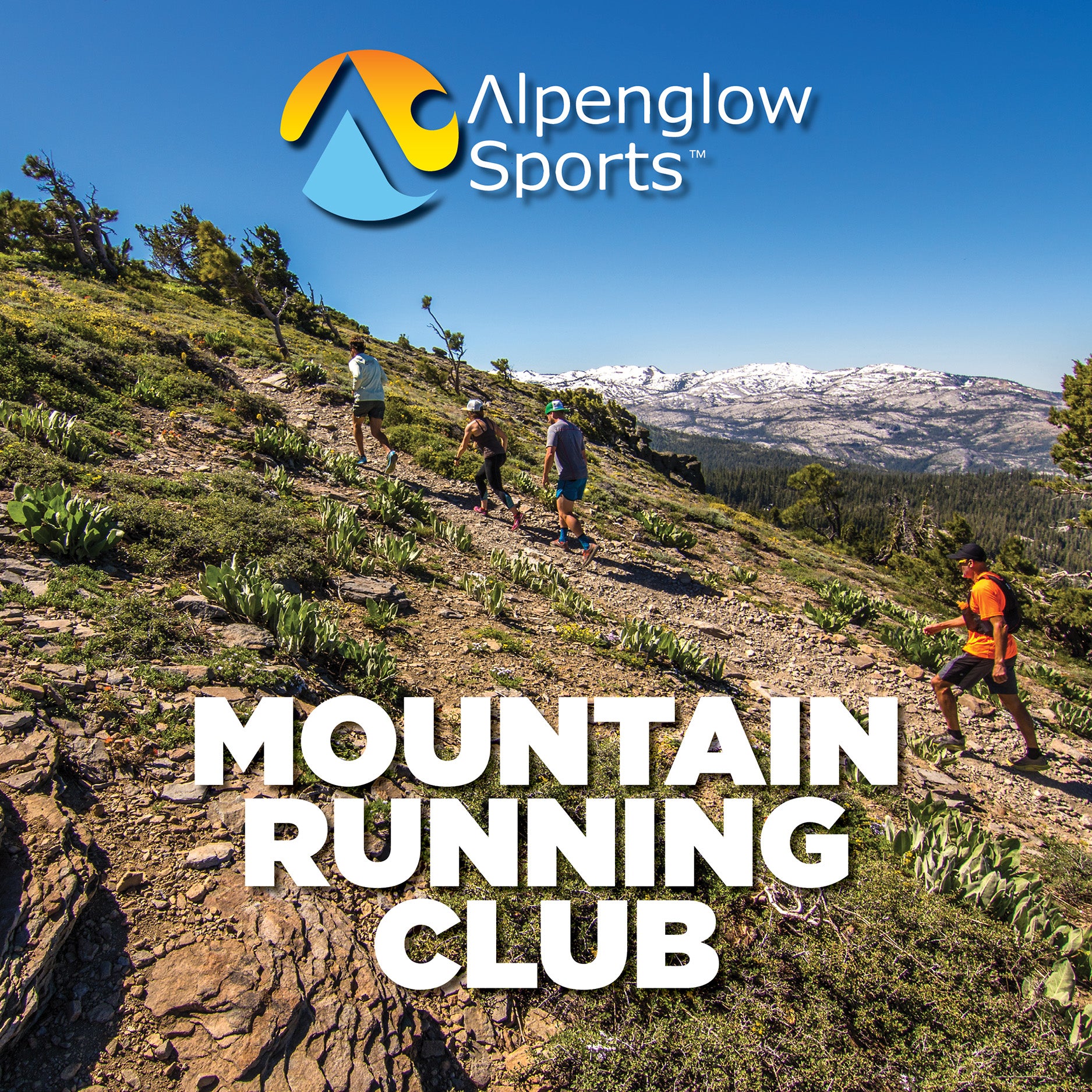

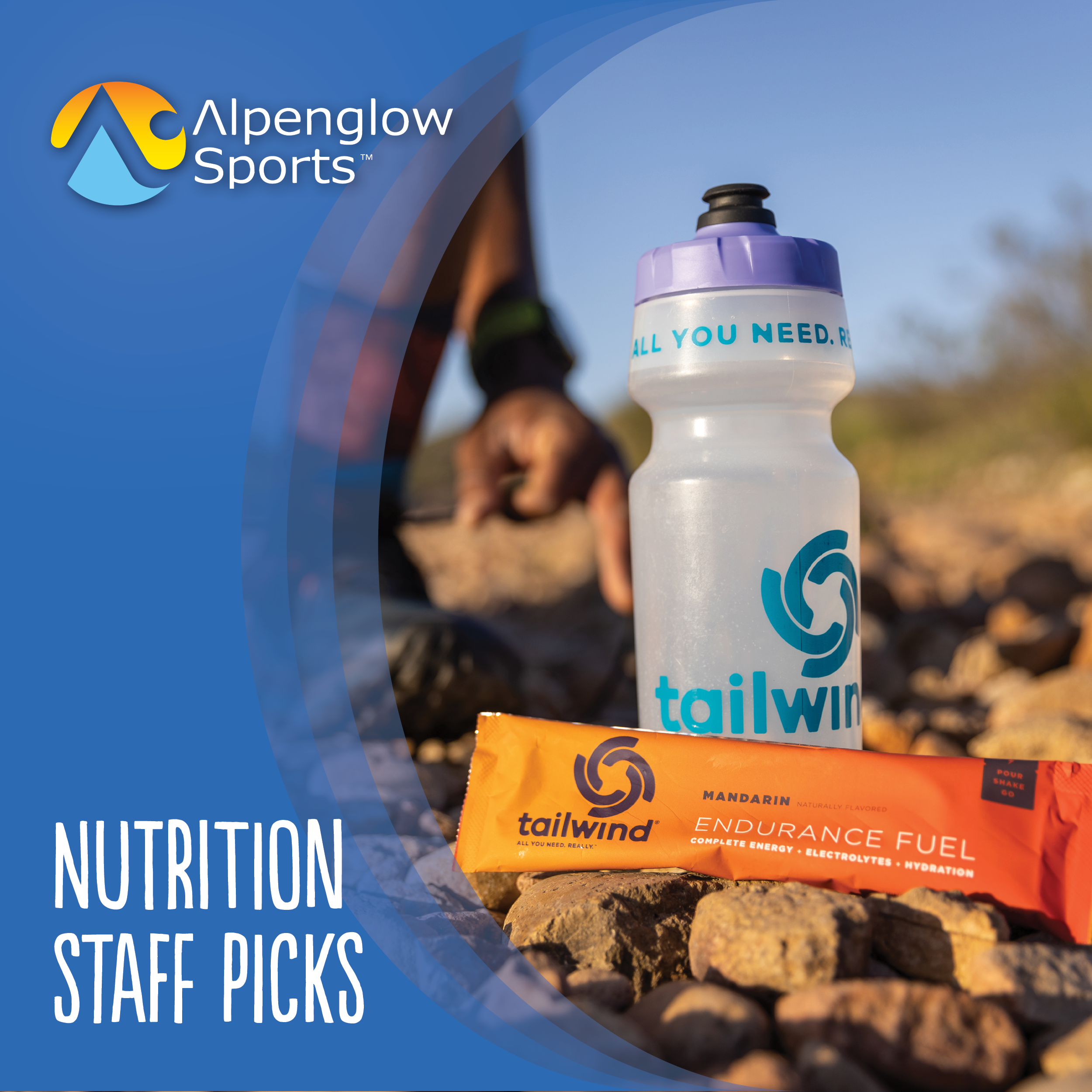

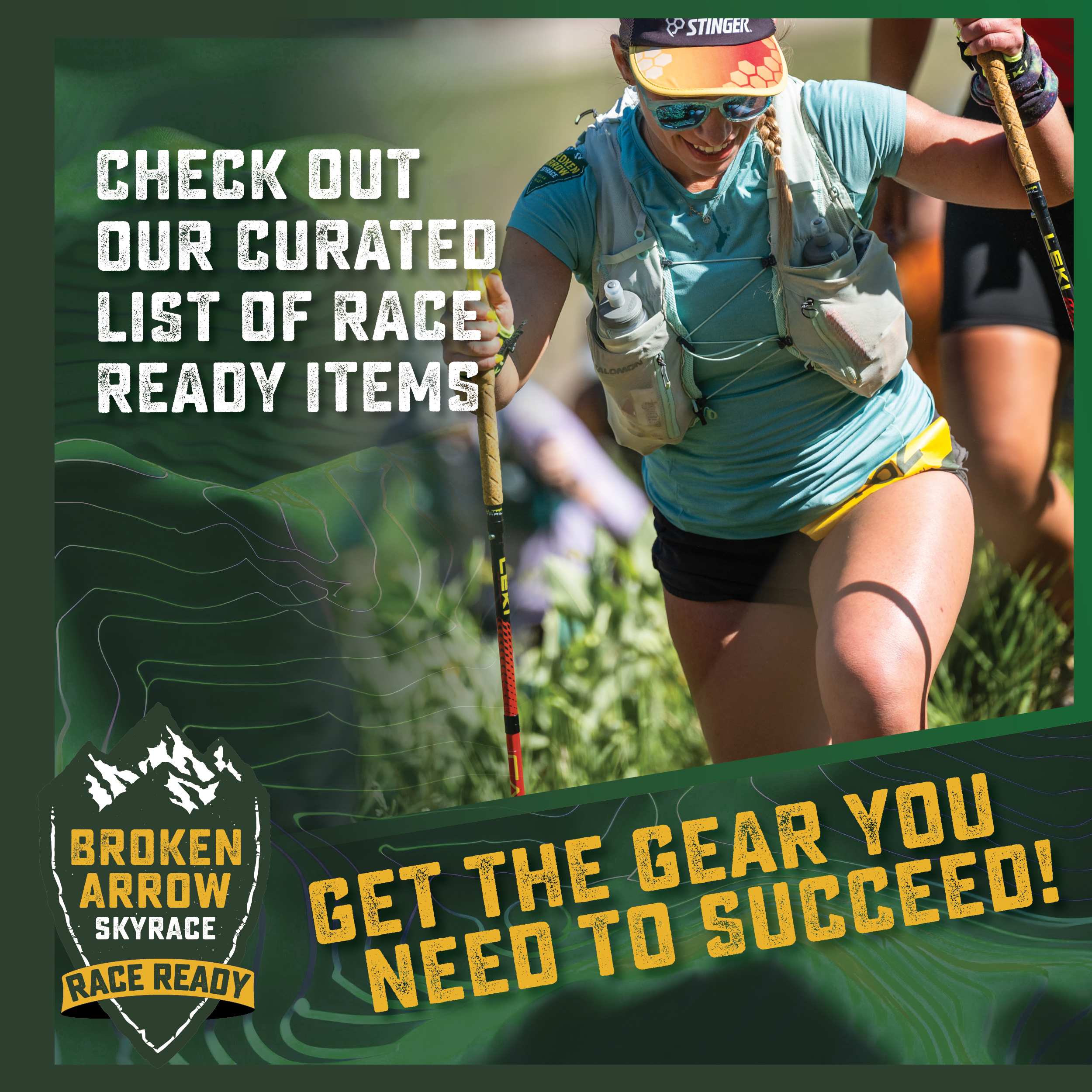
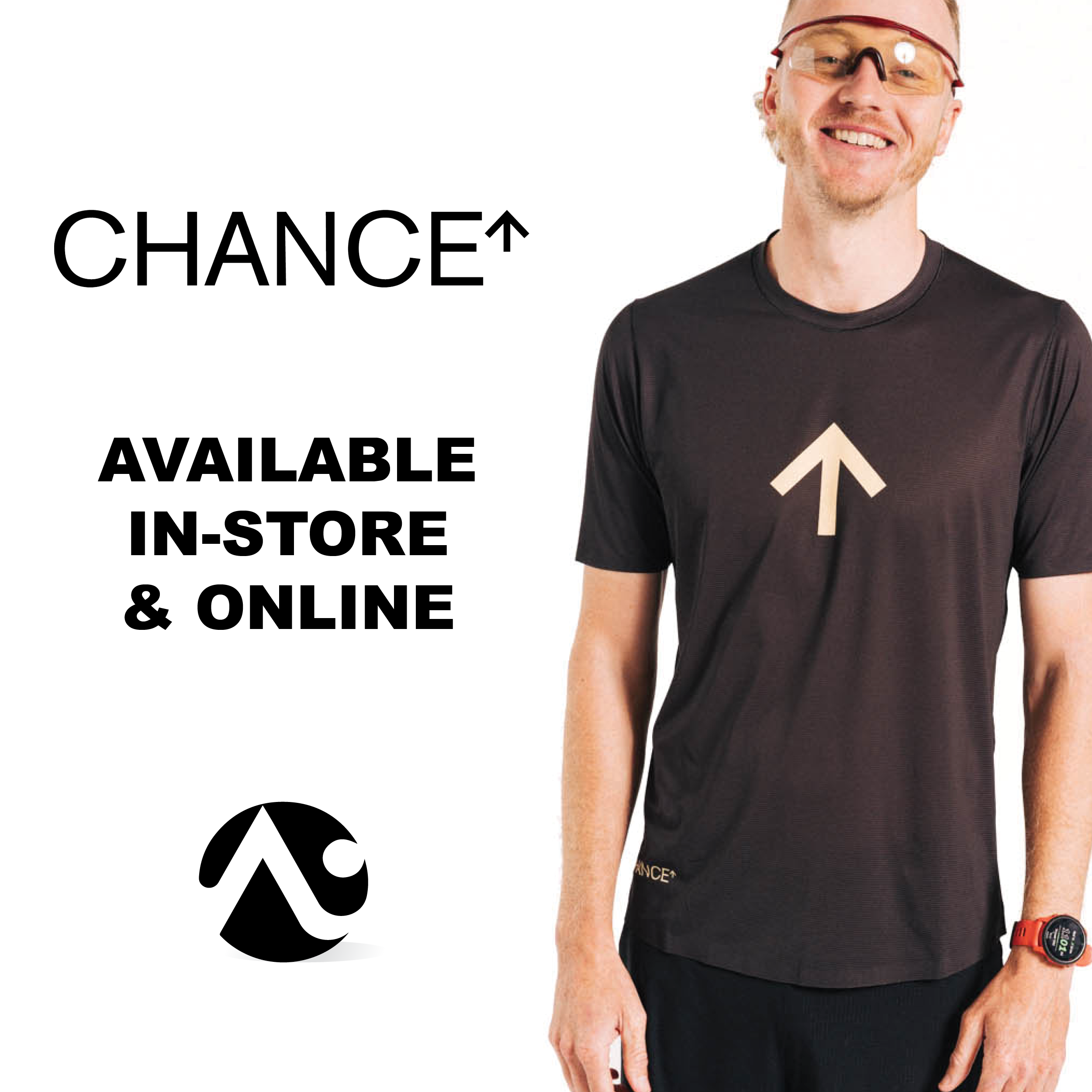

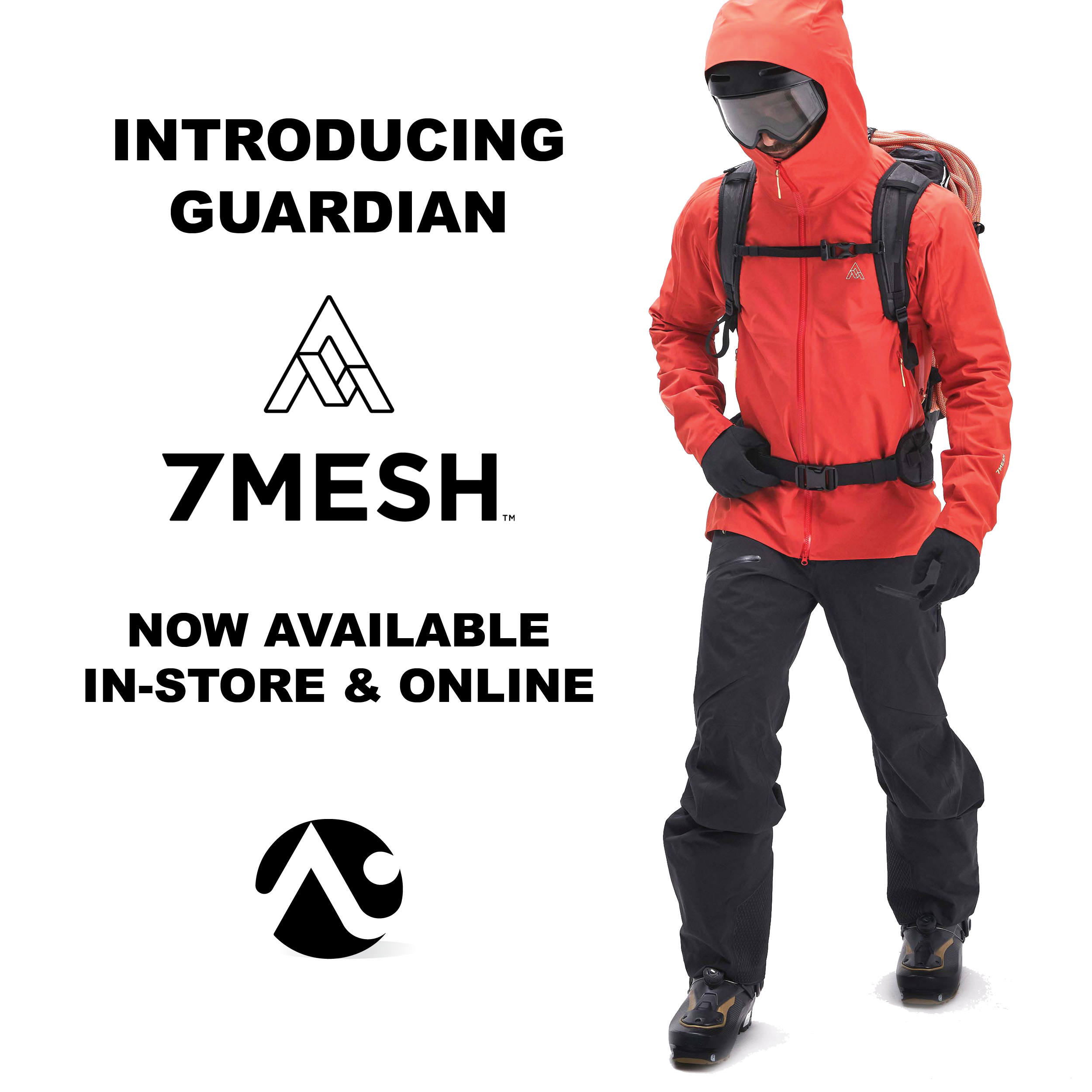
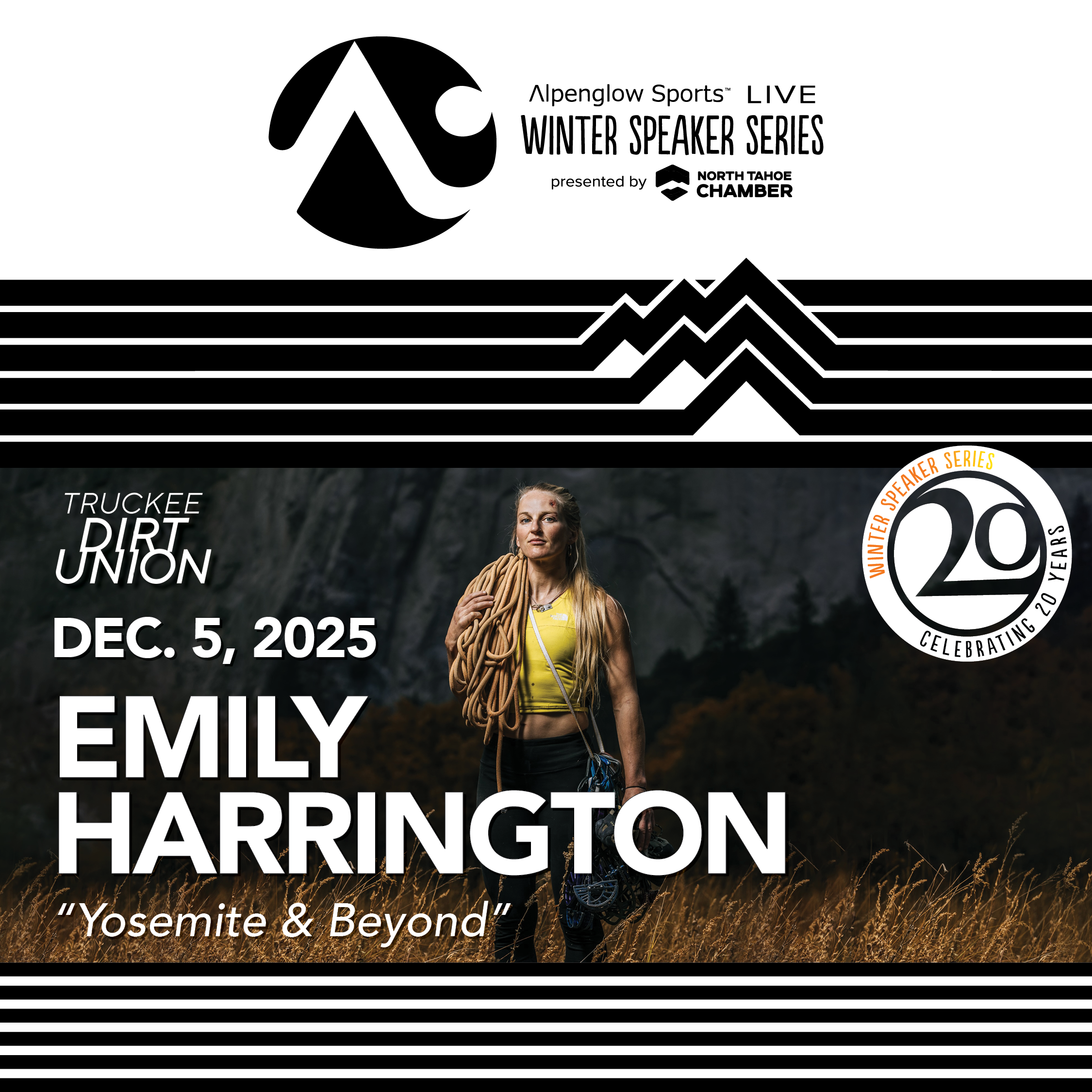




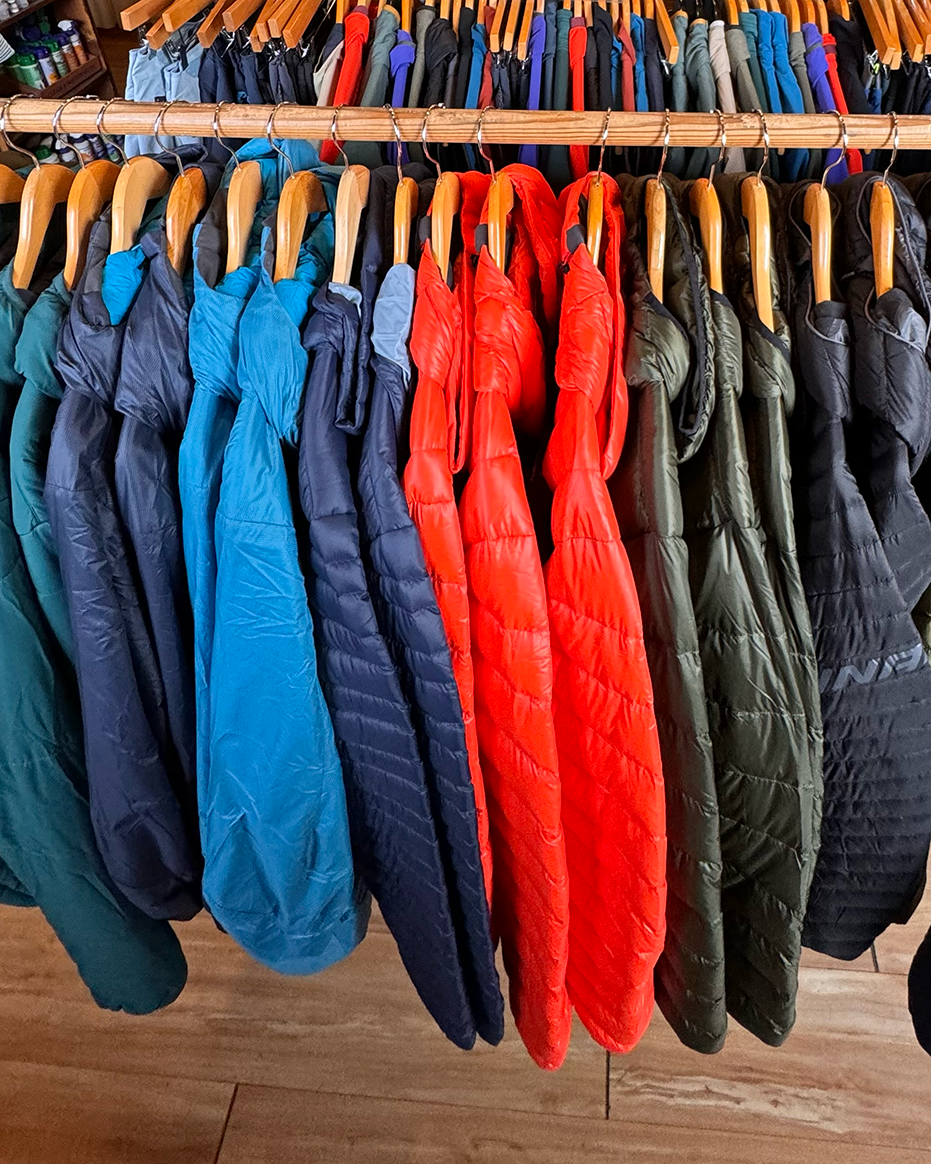
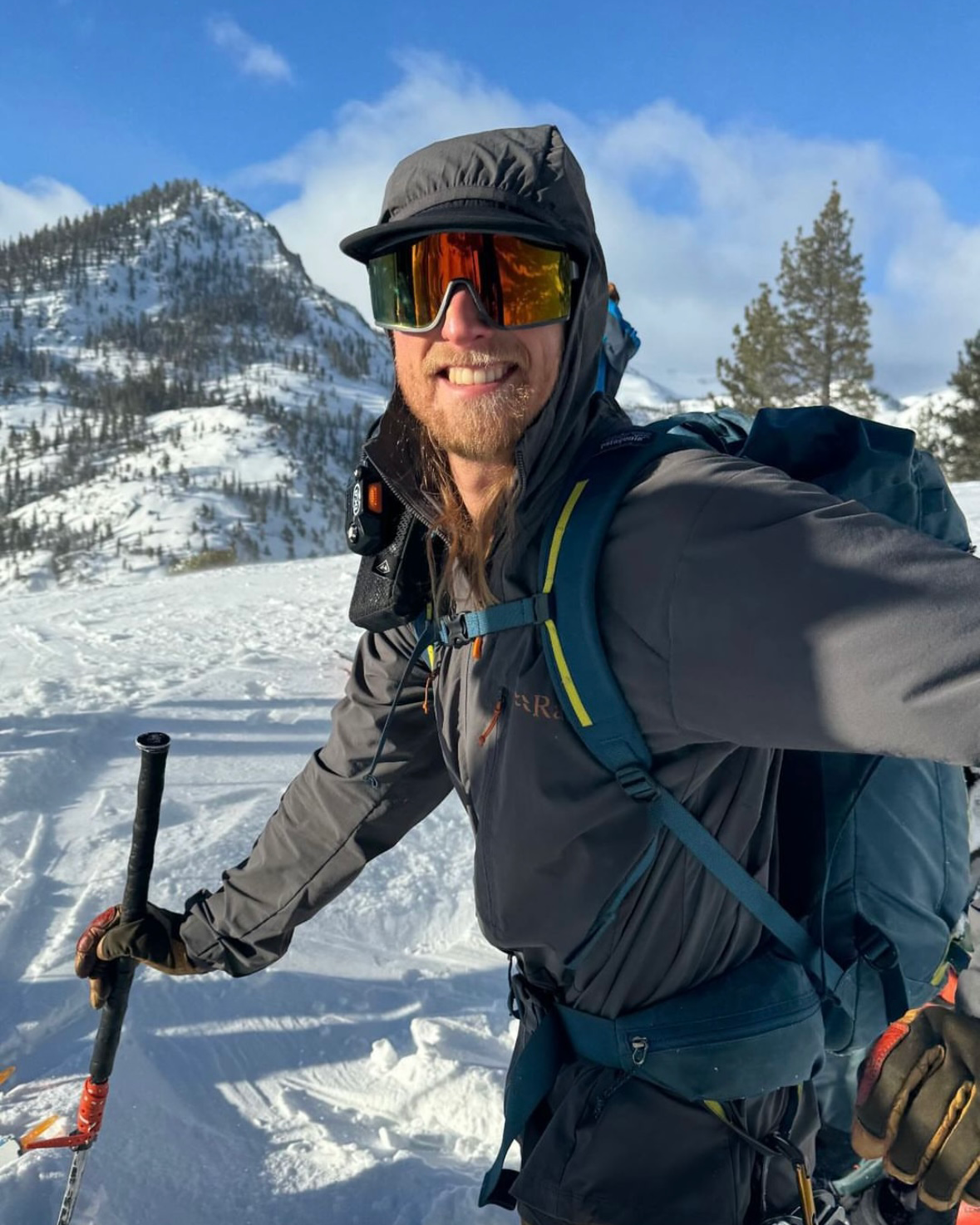
Leave a comment
This site is protected by hCaptcha and the hCaptcha Privacy Policy and Terms of Service apply.